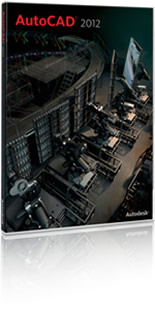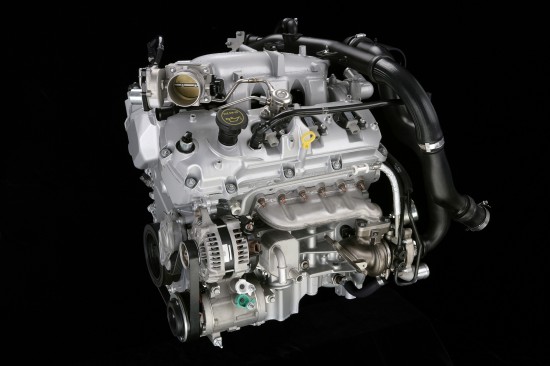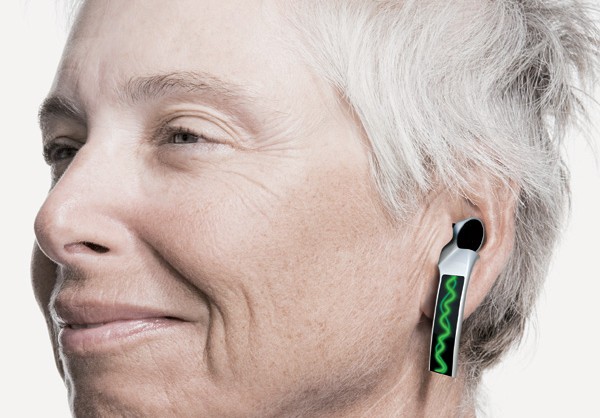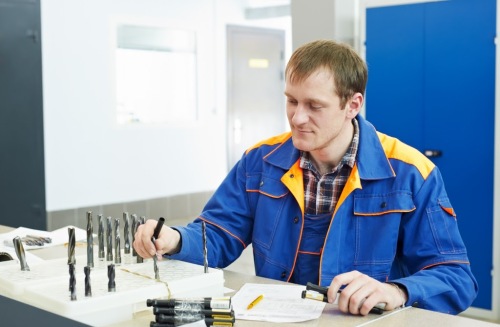Keats and Autodesk: a winning and innovative team


If your company relies on a steady supply of steel, you are probably quite aware that the price of U.S. benchmark hot-rolled coil steel recently hit a two-year high of $783 a ton. At the same time, European steel prices have fallen, leaving a $128-a-ton gap between the two regions. That’s both good and bad news. Good, because the improvement in prices on this side of the Atlantic means that manufacturers and suppliers are responding to some very welcomed, upbeat economic data, like a drop in new unemployment claims, a rise in the ISM purchasing managers’ index, and the highest steel mill production since the beginning of the financial crisis.
It’s bad news because higher prices for raw materials all too often do need to be dispersed between manufacturer and customer. Also, the slew of negative European economic factors equals lower overseas demand and sales.
Because we’re a company built on long-term relationships, we just want to let you know that we’re doing everything we can to control costs so you don’t feel the pinch. If your prices do increase, we want you to know why. As a trusted vendor of high-quality steel stampings, wire, and assemblies, we watch the trends and pricing forecasts closely to stay competitive and cost-effective for our customers.
With this in mind, Keats wants to promise everyone that we will make every effort to keep you informed about any price fluctuations that might affect your bottom line.
Prices rise and prices fall, but just know that our quality and commitment to you, the customer, will always remain high.
 To reach these goals and still make cars and trucks that people want to drive – and can afford – Ford has designed a new line of engine, dubbed the EcoBoost. These exciting new engines help boost fuel efficiency by shrinking the size of the internal components – while increasing performance through a combination of improved fuel injection and turbocharger technology.
To reach these goals and still make cars and trucks that people want to drive – and can afford – Ford has designed a new line of engine, dubbed the EcoBoost. These exciting new engines help boost fuel efficiency by shrinking the size of the internal components – while increasing performance through a combination of improved fuel injection and turbocharger technology.With great strides in recent years, hearing aids are becoming just as technologically advanced as other electronics, like LED TVs or iPads. So maybe you can’t play Words With Friends on a hearing aid. Yet. But the newest crop of audio assistance devices on the market do their best to achieve an unprecedented level of integration with those types of devices, and more. We take a look at those products, and some other interesting industry news, in this week’s blog.
 Bluetooth support: As a cursory glance at this list of articles proves, this is one of the hottest trends in hearing aids today. Bluetooth-enabled hearing aids combine the best of all worlds: environmental audio amplification, along with audio feeds from your cell phone, music player, television, and more, directly into your ear, through the device – with no wires. Fears of frequency interference and tangled connections are a thing of the past, and no longer do hearing aids need to be switched out for earphones or headsets. Truly a breakthrough in convenience and assistance for all hearing aid users.
Bluetooth support: As a cursory glance at this list of articles proves, this is one of the hottest trends in hearing aids today. Bluetooth-enabled hearing aids combine the best of all worlds: environmental audio amplification, along with audio feeds from your cell phone, music player, television, and more, directly into your ear, through the device – with no wires. Fears of frequency interference and tangled connections are a thing of the past, and no longer do hearing aids need to be switched out for earphones or headsets. Truly a breakthrough in convenience and assistance for all hearing aid users.Solar power: Seeking to address a community which otherwise might not have access to hearing aids, the inventor and associates described in this piece developed battery-free devices, operated through solar power. As of now, 20,000 people in 30 countries have benefitted from this combination of ingenuity and generosity, with more nations on tap.
Maybe some real talk is exactly what is needed to keep manufacturing on the right path in the near and distant future. As close observers of news throughout the industry, beyond just our core of precision metal stamping, we’re well aware of the obstacles facing manufacturers in the U.S. and abroad. Throughout these tough times, though, our optimism has grown due to the fact that the issues are being addressed head on. Too often, hindsight provides the answers when it’s already too late. In manufacturing, industry leaders are aware of these problems – and have a plan to fix them.
 Nowhere, perhaps, have the sticking points been addressed more directly or cohesively than in former National Association of Manufacturers President Jerry Jasinowski’s piece on a proposed agenda for manufacturing. Beyond the familiar topics of the U.S. technical skills gap and the need for favorable trade agreements, Jasinowski takes a proactive approach to two other areas. Technology innovation has not often been seen as a weak area for the U.S., but he suggests a closer look in the rear-view mirror to maintain our dominance as research and development experts. Additionally, he calls for a unified, favorable, and common-sense tax plan to foster development and production here in the U.S. No arguments on any of his points here – at Keats, we’re committed, through our partnerships and our production, to the continued success of the industry.
Nowhere, perhaps, have the sticking points been addressed more directly or cohesively than in former National Association of Manufacturers President Jerry Jasinowski’s piece on a proposed agenda for manufacturing. Beyond the familiar topics of the U.S. technical skills gap and the need for favorable trade agreements, Jasinowski takes a proactive approach to two other areas. Technology innovation has not often been seen as a weak area for the U.S., but he suggests a closer look in the rear-view mirror to maintain our dominance as research and development experts. Additionally, he calls for a unified, favorable, and common-sense tax plan to foster development and production here in the U.S. No arguments on any of his points here – at Keats, we’re committed, through our partnerships and our production, to the continued success of the industry.